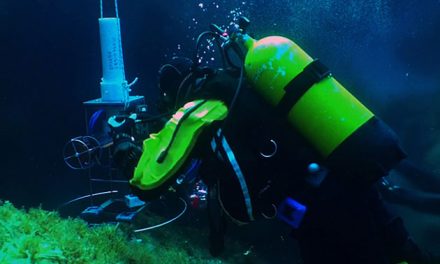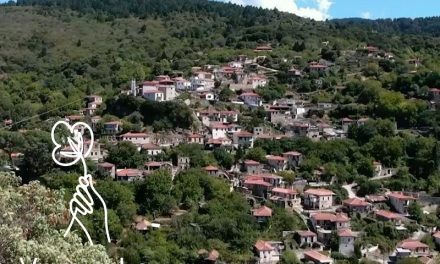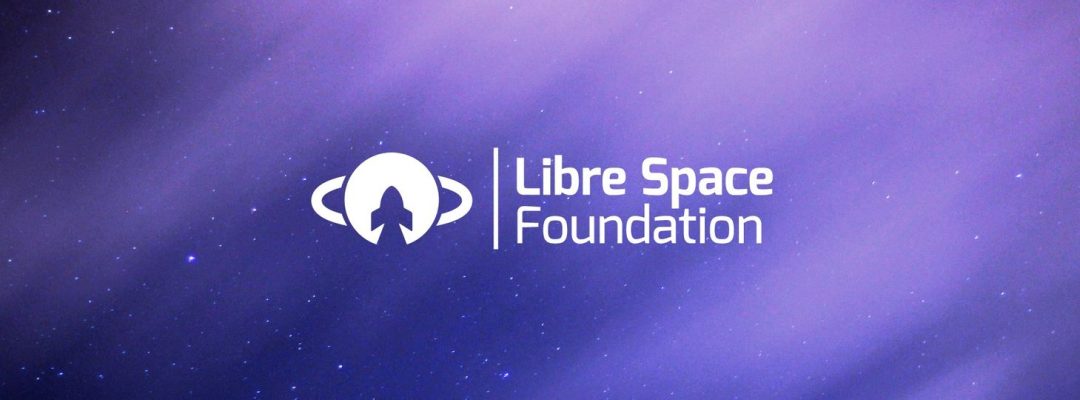
Libre Space Foundation (LSF) is a non-profit foundation registered since 2015 in Greece from the creators of the SatNOGS project, an Open Source global network of satellite ground-stations. LSF’s aim is to promote, advance and develop free and open source technologies and knowledge for space. To that effect, they design and deliver space related projects ranging from Ground Station equipment, to global monitoring Networks and satellite missions. Their team, mostly comprised of engineers, builds microsatellites, nanosatellites, and picosatellites; thanks to the know-how they have developed and their dedication to advancing open-source technology, the team’s projects have received funding from European programs, such as Horizon 2020, foundations such as the New York-based Sloan Foundation, and private businesses.
In 2018, taking on a project that begun at the University of Patras, LSF built UPSat, the first open-source hardware and software satellite in the world. Since then, they have designed and developed the QUBIK series of PocketQubes -a type of miniaturized satellite for space research- built QUBIK-1, 2 (2021) and sent to space QUBIK-3 & 4 (2022).
In addition, Libre Space Foundation has established a series of groundbreaking collaborations with the European Space Agency (ESA). LSF has developed the world’s largest satellite data reception network and is preparing to place its technology on the top floor of “Ariane 6“, Europe’s latest rocket – in its first flight, scheduled for early 2024.
With a dedicated core team of 15 individuals and an extensive network of volunteer collaborators that spans the scientific spectrum, LSF has recently taken on a new ESA project, ‘PHASMA’. With substantial contract valued at €2 million, the project will launch the ‘Phasma’ 1, 2 and 3 nanosatellites into space, in order to conduct a series of experiments on the electromagnetic spectrum, as its vice-president Lefteris Kosmas explained in an interview to Alexandra Gouta for the Athens-Macedonian News Agency.
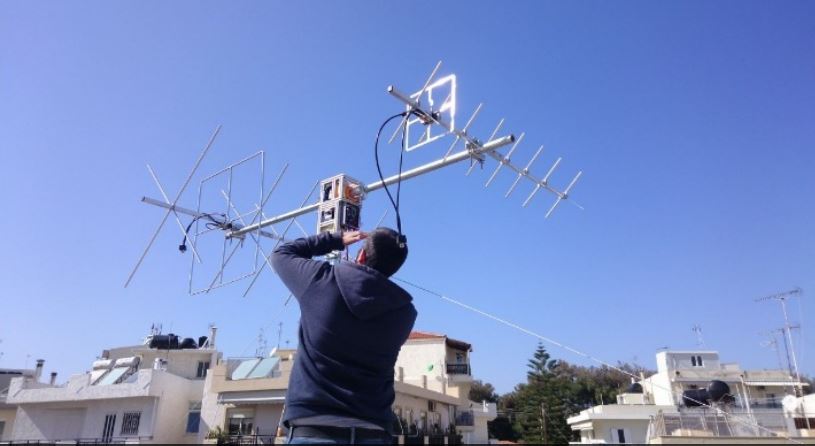
These experiments are aimed at facilitating both space travel – since they may provide information on how to make spacecraft navigation to the Moon more accurate, but, more importantly they can improve everyday life down on Earth: their findings can be used to improve the operation of radio and television signals, detecting interferences and disruptions, and can record how the ionosphere interacts with Space and how phenomena such as the Northern Lights can affect the different frequencies- causing GPS systems to crash, for example.
Kosmas further commented: “in January 2015, when we started working as volunteers on the Libre Space Foundation idea, we couldn’t imagine where it would take us in the future. We struggled a lot and faced huge difficulties. I think LSF has reached the point of bidding for and taking on ESA or Horizon projects, thanks to the hard work, diligence and exceptional quality of our engineers. We have a lot of passion, but also an obsession with open software, which can be seen in the organization’s manifesto, where it is stated – as in the Outer Space Treaty, under the auspices of the United Nations – that Space should be open to everyone and everything, what happens up there is for the benefit of humanity as a whole. There are times when I still can’t believe that something we’ve created is up there in space. In October 2022, when the “Picobus” system was launched from Vandenberg Space Force Base in California, I remember holding my daughter, then a few months old, and she lifted her little hand up, pointing to the live link at the rocket and exclaiming with enthusiasm “there it goes!” Such moments are priceless.”
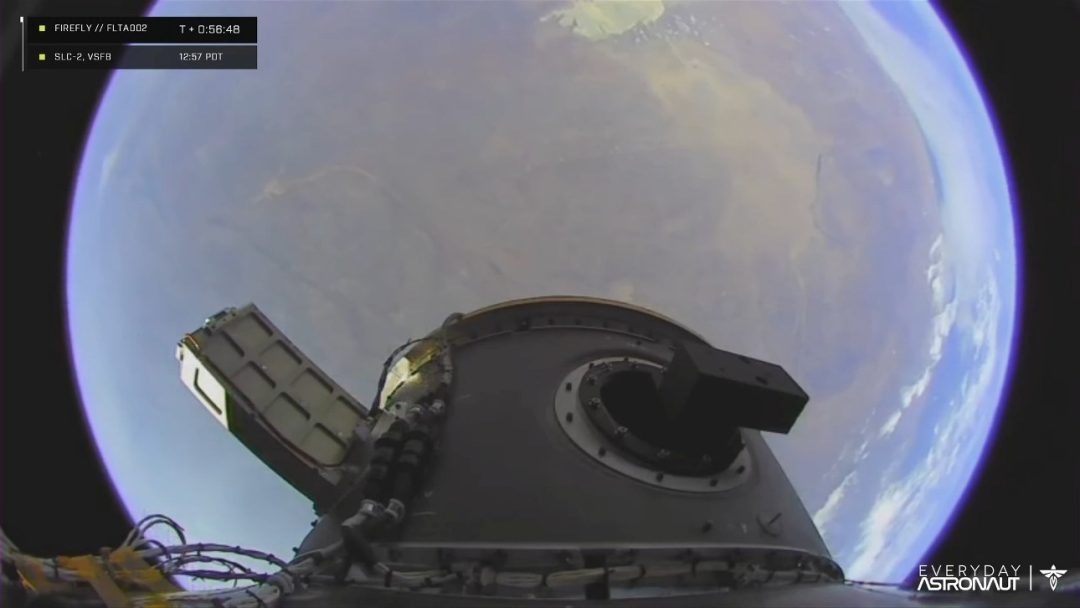
Pierros Papadeas, CEO of LSF further explains the Phasma project: “The experiments that will be conducted within the frame Phasma will analyze the spectrum of terrestrial radio frequency emissions using artificial intelligence. Our purpose is to calculate and quantify the worldwide use of spectrum, identify sources of interference and detect disruptions of broadcast signals. Also, these experiments, will be monitor and analyze signal emissions from other satellites, thus contributing to the easier identification of a satellite and its rapid location. These technologies are particularly important, as both the immediate identification of a satellite, its early detection, and its continuous monitoring contribute decisively to the success of a mission in Space.”
In addition, the three satellites will be used to study the dispersion and propagation of signals in the ionosphere and to analyze navigation systems such as GPS, the European Gallileo, the Chinese BaiDu and the Russian GLONASS.
With this project, the LSF aims “not only to strengthen and expand the possibilities of open software, but also to give Greece a key role in technological developments, contributing to the creation of a sustainable and strong space ecosystem in the country”, stressed Manthos Papamattheiou, president of the LSF.
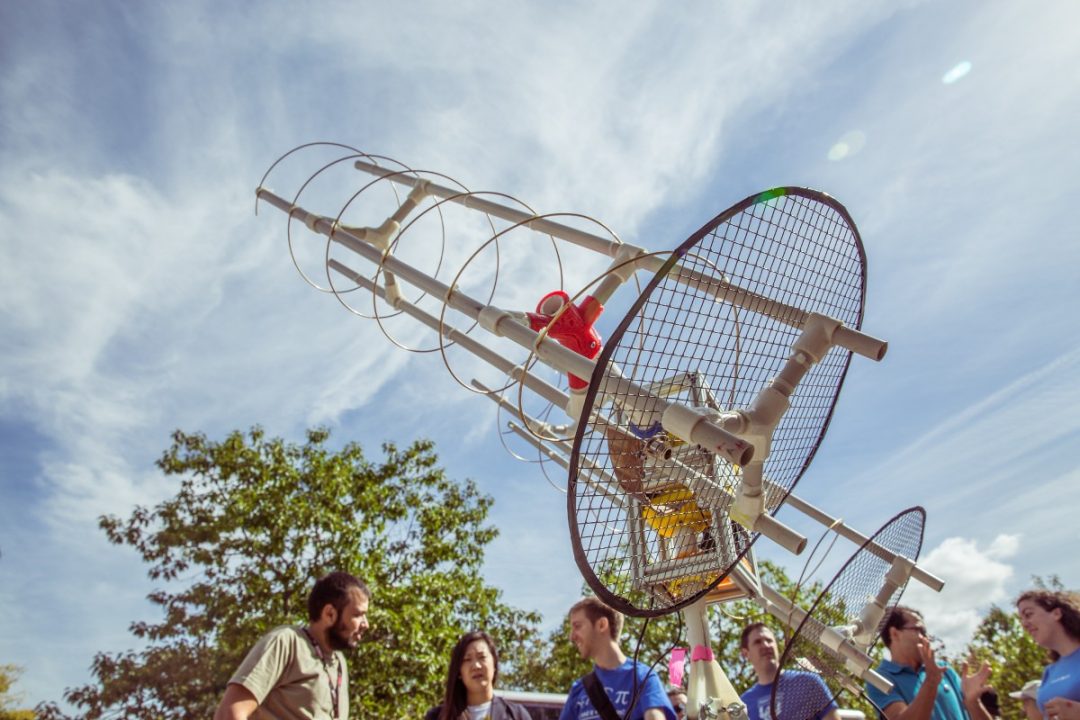
To date, the LSF team have implemented 12 projects, including the following:
SatNOGS: the world’s largest network of ground satellite stations, with over 400 participating stations in over 50 countries, is an open-source network of satellite ground stations; a modular stack, built from readily available and affordable tools and resources, enables communication with and observation of satellites and providing to anyone who wants it – whether universities, organizations, radio amateurs or space enthusiasts – plans and instructions for antenna systems and establishment of satellite earth stations.
SIDLOC (Spacecraft Identification and Localization) is a project funded by the European Space Agency, an ARTES activity developed by Libre Space Foundation and FORTH. SIDLOC is under active development, and its goal is to create a proposed standard of identification and localization for satellites and spacecraft. This is the system that is planned to be placed on the top floor of the Ariane 6 rocket, an ESA project.
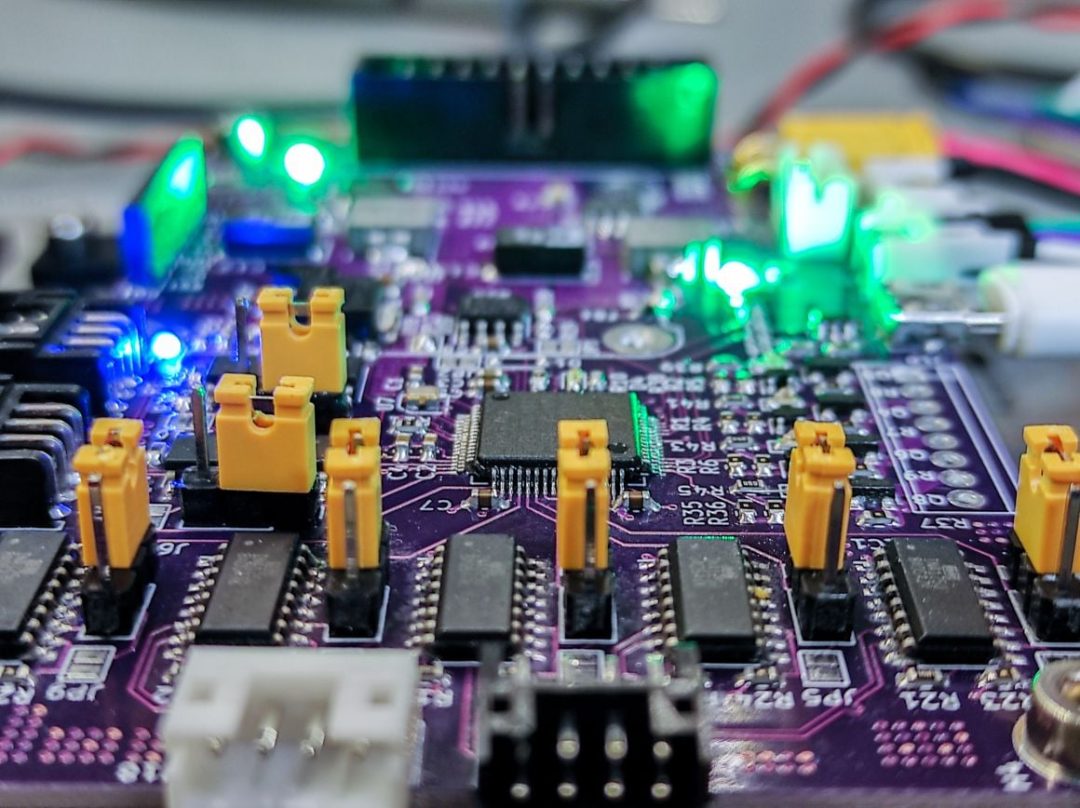
SatNOGS-COMMS (Advanced Communication and Signal Analysis Subsystem for CubeSat-class satellites) a versatile telecommunications solution suitable for nano-satellites and CubeSats, operating in UHF and S-band and featuring tight integration with the SatNOGS Network and is also an ESA-funded project.
Cronos is a hybrid-fueled sounding rocket engineered by White Noise (a team of University students) in close collaboration with and under the auspices of Libre Space Foundation. The primary aim of the project Cronos is to become the test platform for exploring future possibilities of building more advanced rockets, capable of reaching higher altitudes, designed and manufactured in a collaborative and participatory way. It is a project designed and manufactured in an open and participatory manner.
and PICOBUS a PocketQube deployer built by Libre Space Foundation. It is the first open-source hardware satellite deployer and it can successfully hold and deploy in orbit, up to 8 PocketQube Units (each PocketQube unit measures 5cm x 5cm x 5cm and weighs less than 250gr each). The PICOBUS deployer is part of the QUBIK project on which the Libre Space Foundation has been working for years.
I.L. with infromation from Athens-Macedonian News Agency and Libre Space Foundation
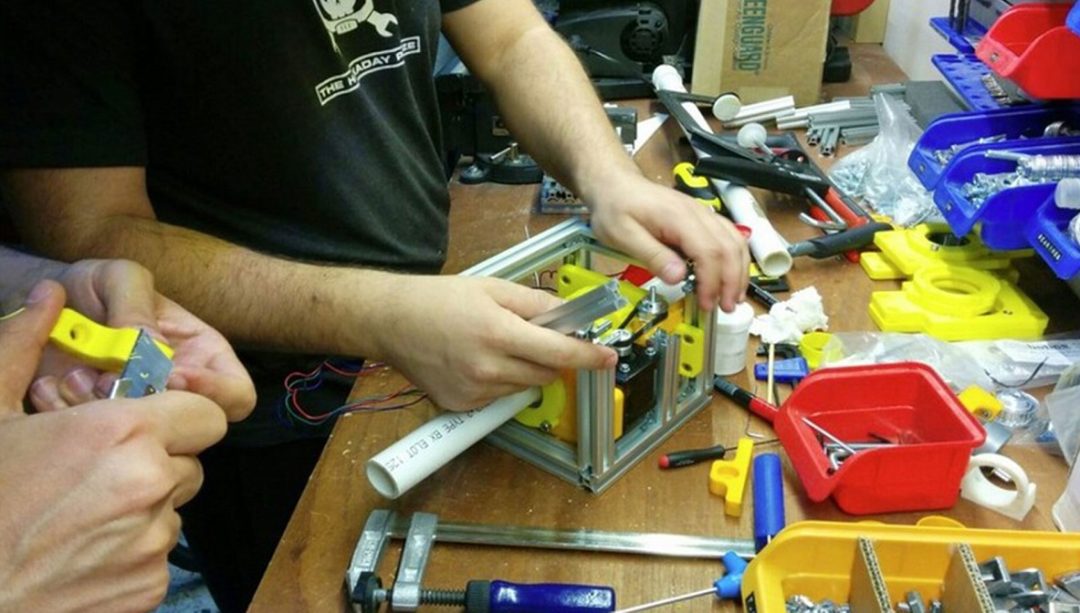
TAGS: INNOVATION | RESEARCH | SCIENCE | SPACE

